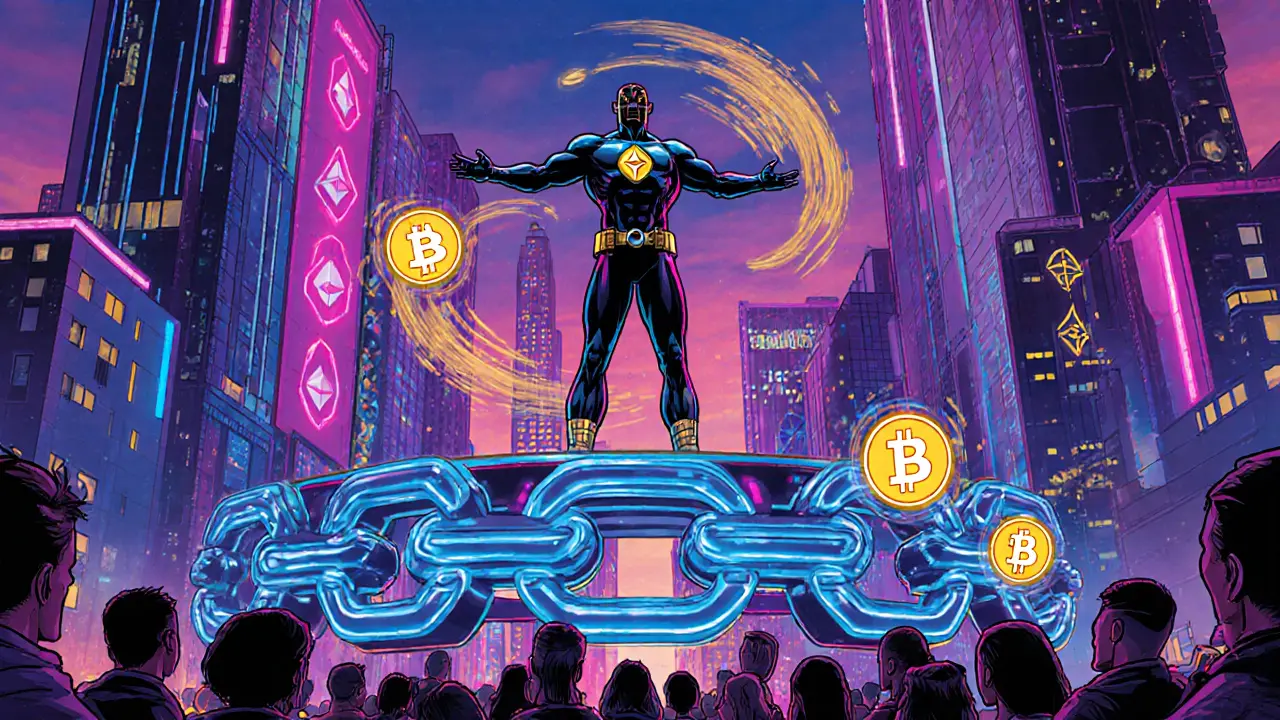Ethereum DEX
When working with Ethereum DEX, a platform that lets you trade ERC‑20 tokens directly from your wallet without a middleman. Also known as Ethereum decentralized exchange, it enables peer‑to‑peer swaps while keeping custody of your assets. This page breaks down what an Ethereum DEX is, why it matters, and how it fits into the broader crypto world.
A decentralized exchange, often shortened to DEX, operates on blockchain code rather than a corporate server. Because it runs on smart contracts, a DEX can run 24/7, avoid single‑point failures, and let anyone list a token instantly. In practice, an Ethereum DEX encompasses token swaps and requires smart contracts to enforce trade rules.
The rise of DeFi, a suite of financial services built on blockchain, has turned Ethereum DEXs into core infrastructure. Yield farming, lending, and synthetic assets all feed liquidity into DEX pools, making the market deeper and more efficient. Simply put, DeFi influences Ethereum DEX performance by supplying capital and novel use‑cases.
Key Components of Ethereum DEXs
Liquidity pools, collections of token pairs that traders draw from are the beating heart of any DEX. Instead of matching buyers and sellers one‑by‑one, a pool holds reserves of both assets, allowing instant swaps at algorithmic prices. This mechanism enables token swaps on Ethereum DEXs without waiting for a counterparty.
Smart contracts, self‑executing code on the Ethereum network enforce trade execution, fee distribution, and pool rebalancing. Because the contracts are immutable once deployed, users can trust the rules won’t change mid‑trade. In other words, Ethereum DEXs require smart contracts to guarantee transparent, trustless transactions.
When you trade on an Ethereum DEX, you’re actually performing a token swap. The user selects the input token, the output token, and the amount; the smart contract then calculates the price using the pool’s constant‑product formula, deducts a small fee, and updates the pool balances. Fees typically range from 0.2 % to 0.3 % and go back to liquidity providers, creating a passive income stream for those who stake assets.
Security is a top concern. Audited contracts, bug‑bounty programs, and community governance help mitigate risks, but exploits still happen. Knowing the audit status of a DEX, the reputation of its development team, and the history of any upgrades can save you from loss. Always double‑check contract addresses and use reputable UI layers when accessing an Ethereum DEX.
All this context sets the stage for the articles below. You’ll find deep dives on specific token airdrops, reviews of emerging DEX platforms, and step‑by‑step guides for navigating liquidity pools. Whether you’re new to swapping ERC‑20 tokens or looking to optimize yields, the collection offers practical insights you can act on right now.




